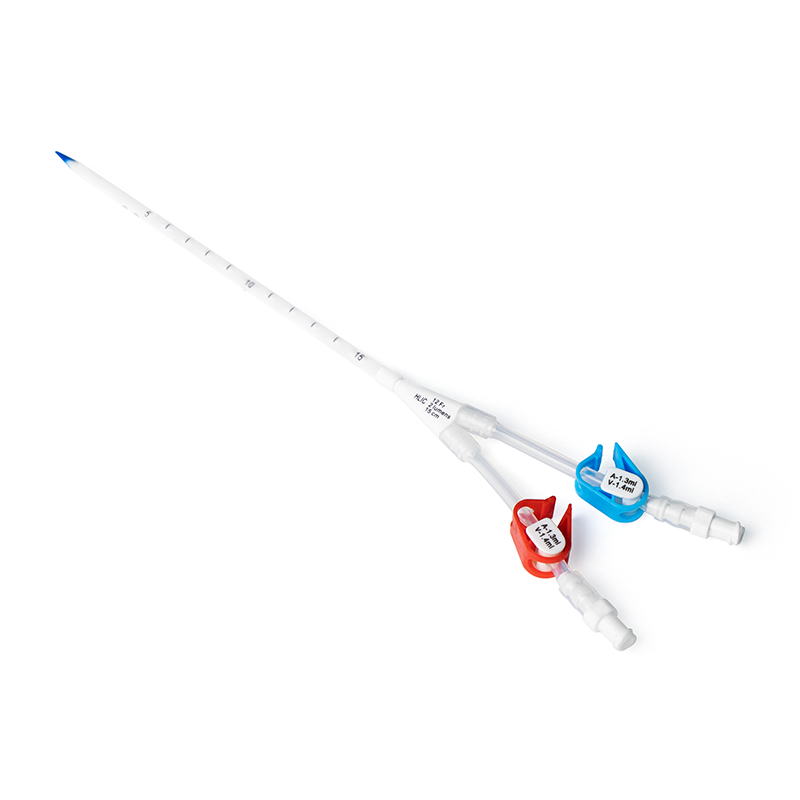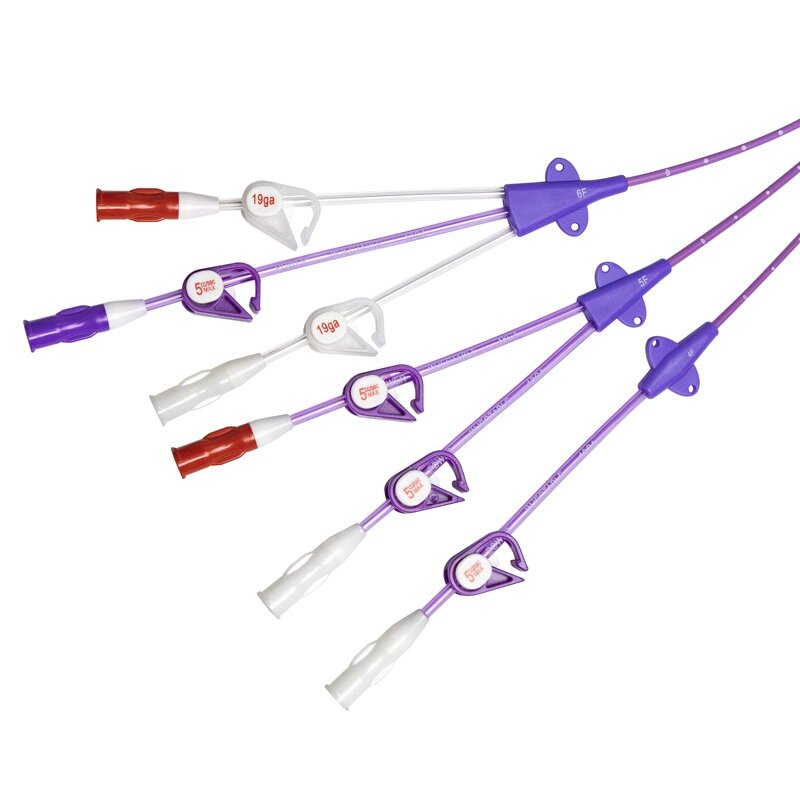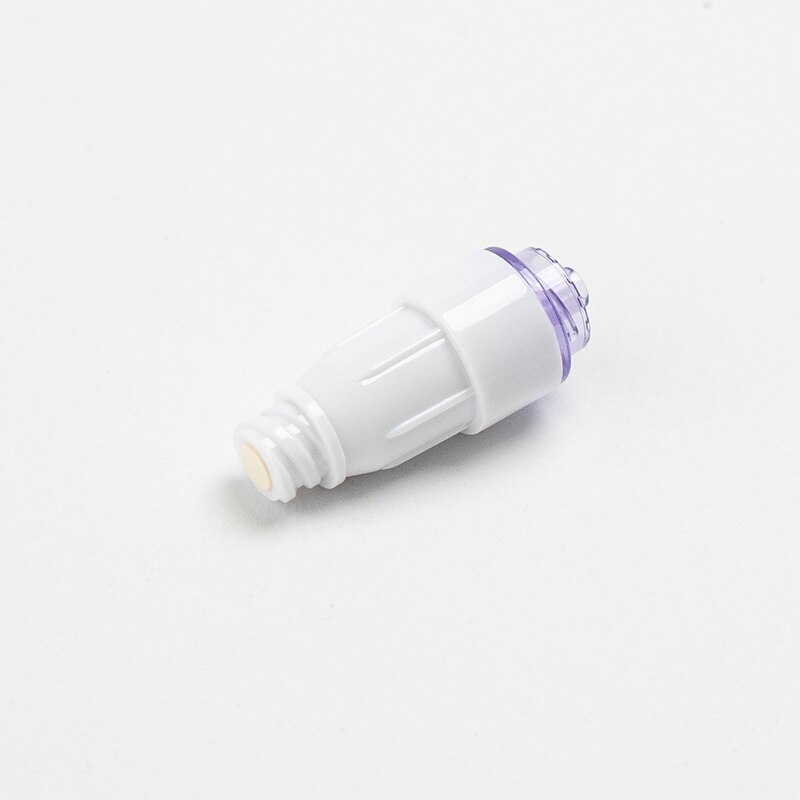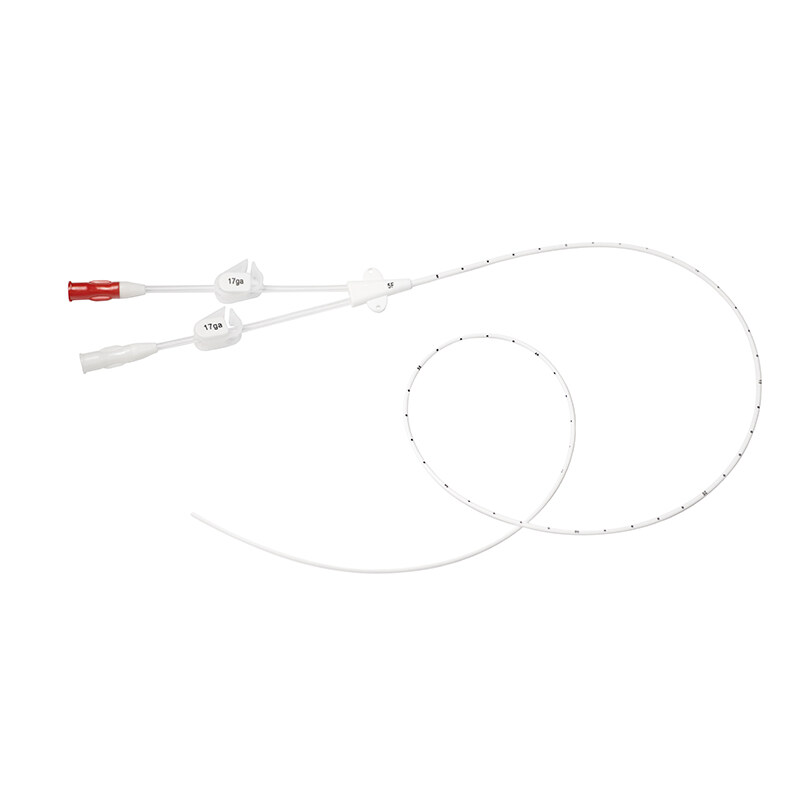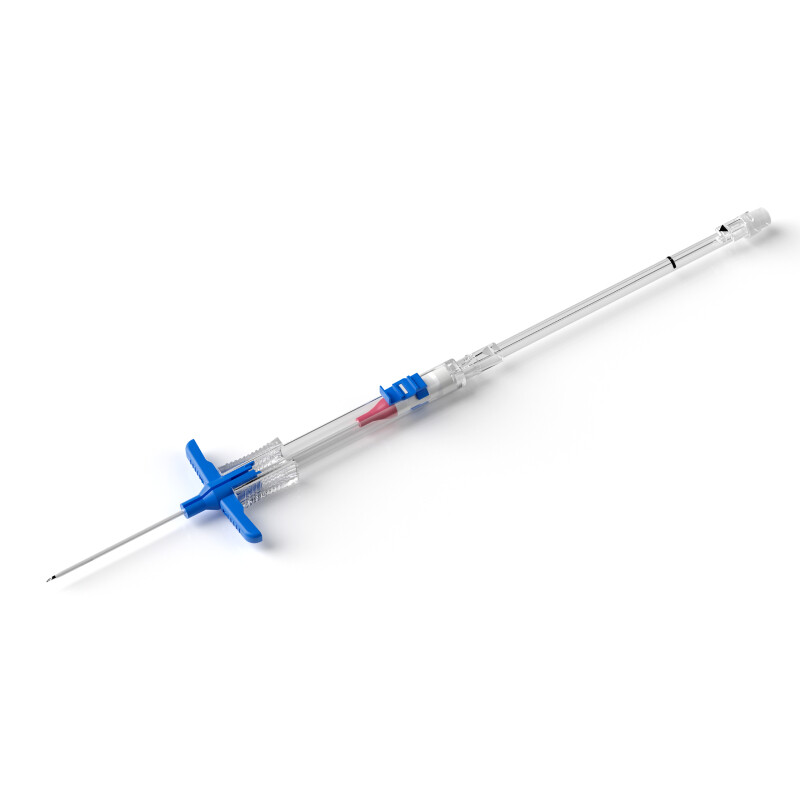Journal: American Journal of Infection Control
Publication Date: 2018

Objective: The study aims to evaluate the incidence of bloodstream infections and other complications associated with the use of midline catheters and central venous catheters (CVC).
Methods: A retrospective cohort study was conducted from March to September 2016 at a tertiary hospital in Detroit, Michigan. Adult patients with midline or CVC were included, with the primary outcome being the incidence of catheter-related bloodstream infections (CRBSI).
Results: A total of 411 midline patients and 282 CVC patients were analyzed. The incidence of CRBSI was significantly lower in midline patients compared to CVC patients (0.2% vs 3.5%).
Conclusion: The study indicates that the use of midline catheters is safer than central venous catheters (CVC).
Background:
Intravenous catheters are commonly used for various fluid administrations, medications, and nutritional support. In U.S. healthcare centers, it is estimated that 150 million peripheral intravenous catheters and 5 million central venous catheters (CVC) are inserted annually. CVCs carry risks of mechanical complications (5%-19%), infection-related complications (5%-26%), and thromboembolic complications (2%-26%).
Among patients with hospital-acquired conditions (HAC), central venous catheter-related bloodstream infections account for one-third of deaths. These infections lead to prolonged hospital stays and significantly higher healthcare costs.
Midline catheters are a convenient option for short to mid-term venous access for medications or nutritional support. Compared to CVCs, midlines are easier to insert, cause less patient discomfort, are more cost-effective, and do not require X-ray confirmation of catheter tip placement. Compared to peripheral intravenous catheters, midlines significantly reduce the incidence of phlebitis, needlestick injuries, and the need for reinsertion.
To reduce the incidence of catheter-related bloodstream infections, removing central venous catheters and replacing them with peripheral intravenous catheters is a common practice. However, data on the safety of midlines compared to CVCs are limited and need further validation.
Objective
The objective of this study is to evaluate the incidence and differences in catheter-related bloodstream infections and other catheter-related complications in patients using midline catheters versus central venous catheters.
Methods
Study Location: A 250-bed tertiary care teaching hospital in Detroit, Michigan
Study Period: March 5, 2016, to September 30, 2016
Inclusion Criteria: Patients aged ≥18 years using central venous catheters or midline catheters in the ICU or medical-surgical wards during the study period. Patients receiving both types of catheters simultaneously were excluded.
Design: midlines and CVCs were inserted by the vascular access team or interventional radiology department. Data were obtained through electronic medical record chart reviews, including patient characteristics, catheter information, insertion and removal dates, and complications. Patients were followed up to identify subsequent bacteremia or fungemia during hospitalization. Statistical analysis was performed using SAS software.
The study was approved by the Institutional Review Boards of Detroit Medical Center and Wayne State University.
Results
A total of 411 midline patients and 282 CVC patients were analyzed:
Lower incidence of CRBSI (0.2% vs 3.5%)
Shorter median hospital stay post-catheter insertion (4 days vs 5 days)
Lower incidence of ICU transfer post-catheter insertion (5% vs 9%)
Lower readmission rate due to catheter-related complications (0.2% vs 2.1%)
Conclusion
The study results indicate that the use of midlines is safer than the use of CVCs.
Outlook
The average treatment cost per catheter-related bloodstream infection can be as high as $32,000, with an extended hospital stay of 7.5 days and a mortality rate of up to 25%. The primary driver for using midline catheters instead of central lines is to reduce catheter-related bloodstream infections.
The implementation of midline catheters is significant in respiratory, critical care, and neuro/neurological intensive care units. Further large-scale studies are warranted to confirm these findings.

